Nestled in the rolling mountains of Tennessee and North Carolina, the Great Smoky Mountains National Park holds a treasure trove of history just waiting for you to discover.
Spread across this vast, verdant landscape are sites that whisper tales from the days of early settlers, the Cherokee Nation, and the birth of the National Park itself.

Some of these hidden historic gems have been standing since the 1800s, offering a rare peek into Appalachian life that once thrived in these hills.
Whether it's a secret cove that played a significant role in local lore or an abandoned cabin that housed early pioneers, each site offers a unique glimpse into the past, ensuring your visit is as enriching as it is breathtaking.
1. The Old Steam Engine
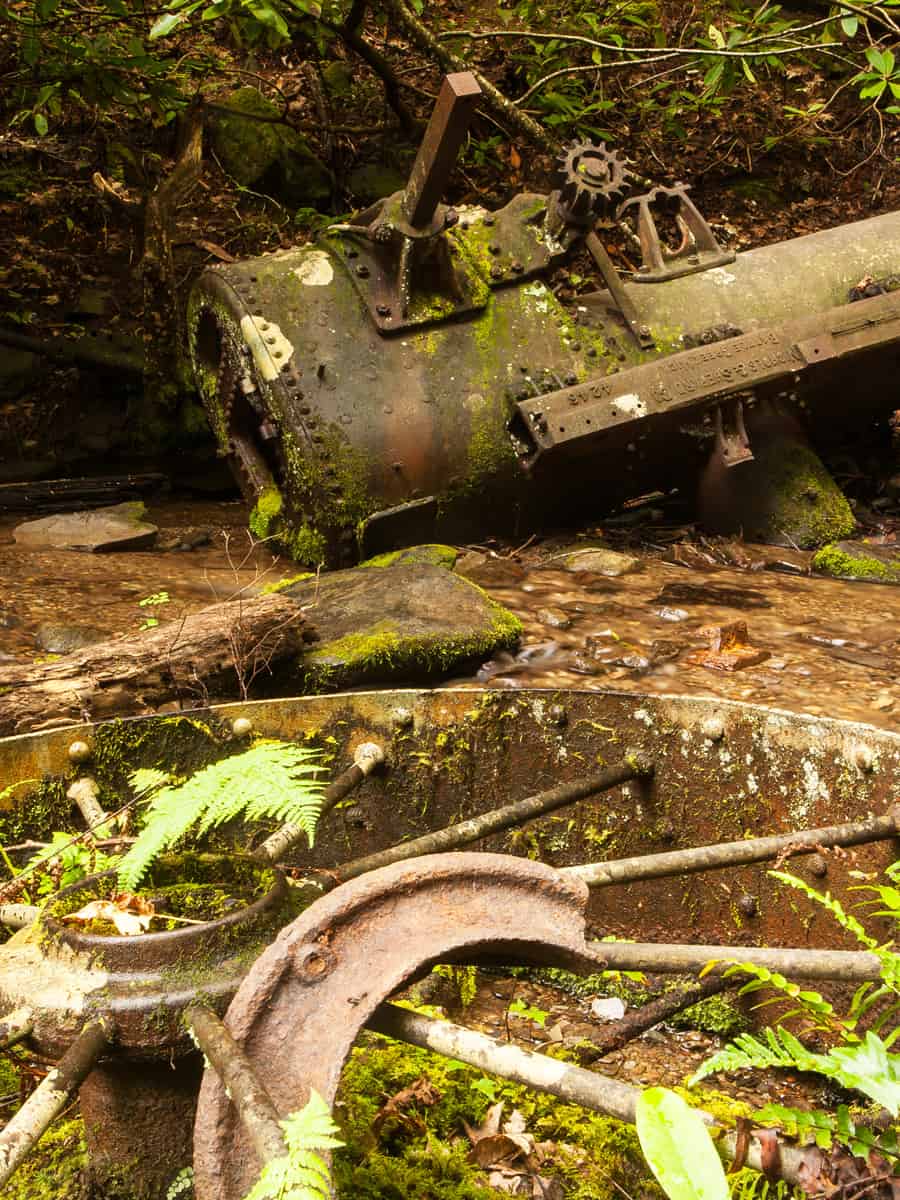
In the early 1900s, the park was home to an extensive logging operation.
The steam engine, which played a pivotal role in lumber transportation, now sits as a silent witness to the past human endeavors in these mountains.
This artifact from the bygone era offers a tangible connection to the local heritage and the transformation of the land into today's beloved national park.
To uncover this treasure, pack your hiking boots and get ready for a remarkable journey through history on the Grapeyard Ridge Trail.
2. Elkmont Ghost Town
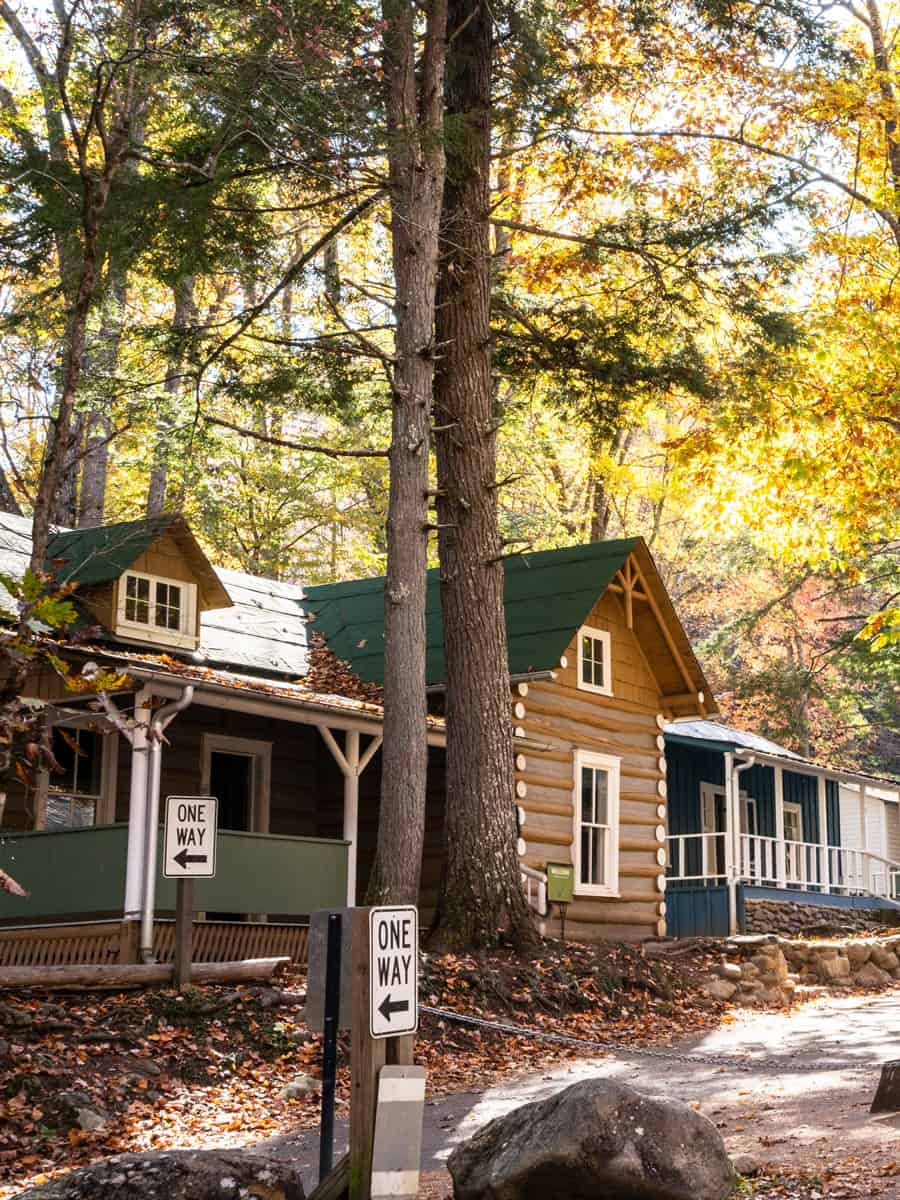
Once a bustling settlement in the early 1900s, Elkmont's roots trace back to the Little River Lumber Company and the resourceful pioneers of the era.
Before the national park's creation, Elkmont thrived with a community of loggers and, later, vacationers who built cozy cottages in the tranquil mountains.
Colonel Wilson B. Townsend played a pivotal role, having purchased the land in 1908, transforming the area into a hub for timber harvest and a scenic getaway for East Tennessee's elite.
As you meander through the remnants of Elkmont, you'll discover aging cabins and the whispers of forgotten stories.
3. Gregory's Cave
The Gregory's Cave isn't just any old cave; it was the first in the Great Smoky Mountains National Park to become a commercial cave in July 1925.
You'll find the entrance to this geologic wonder near the John Oliver Cabin, one of the oldest standing structures in the park.
The entrance is small, only 10 feet wide and 4 feet tall, but once you're inside, the cave gets really wide, up to 55 feet, and the ceiling can be as high as 15 feet.
Today, access is securely controlled, and entrance is permitted only by the National Park Service to preserve its natural and historical integrity, with a protective gate keeping its secrets safe.
Though you can't venture deep inside, your imagination can roam free as you imagine life over a century ago.
The surrounding area of Cades Cove offers ample opportunity to explore the outdoors and appreciate the complex beauty of the Smoky Mountains' hidden corners.
With the park prioritizing preservation, you can rest easy knowing that Gregory's Cave will continue to be a portal to the past for future generations to come.
4. Tunnel Under Clingmans Dome
During the 1930s, the Civilian Conservation Corps, a group formed to tackle unemployment during the Great Depression, constructed this intriguing tunnel.
This feat of engineering lies beneath the road leading up to the highest point in the Smoky Mountains.
Initially built to serve as a mule trail tunnel, today, it's a testament to the enduring legacy of national park infrastructure.
The tunnel's location is at Clingmans Dome Road, a route many visitors journey on, unaware of the history beneath their wheels.
5. Pearl Harbor Tree
Did you know a sapling planted during a historic day in 1941 became a profound symbol in the Great Smoky Mountains? It's the Pearl Harbor Tree in the serene valley of Cades Cove!
Each year, visitors walk where history echoes through the hills and discover this living tribute. Golman Myers planted the tree on December 7, 1941, the same day Pearl Harbor was attacked.
This act was to honor those who lost their lives in the tragic event. His son Bernard Myers returned to acknowledge his father's memorial, forging a tangible connection between the past and present.
This cherished spot is minutes from the Loop Road, making it an easily accessible journey into America's heritage. To find this tree, you'll embrace a dose of adventure and might even spot a few deer along the way!
6. Walker Sisters Cabin
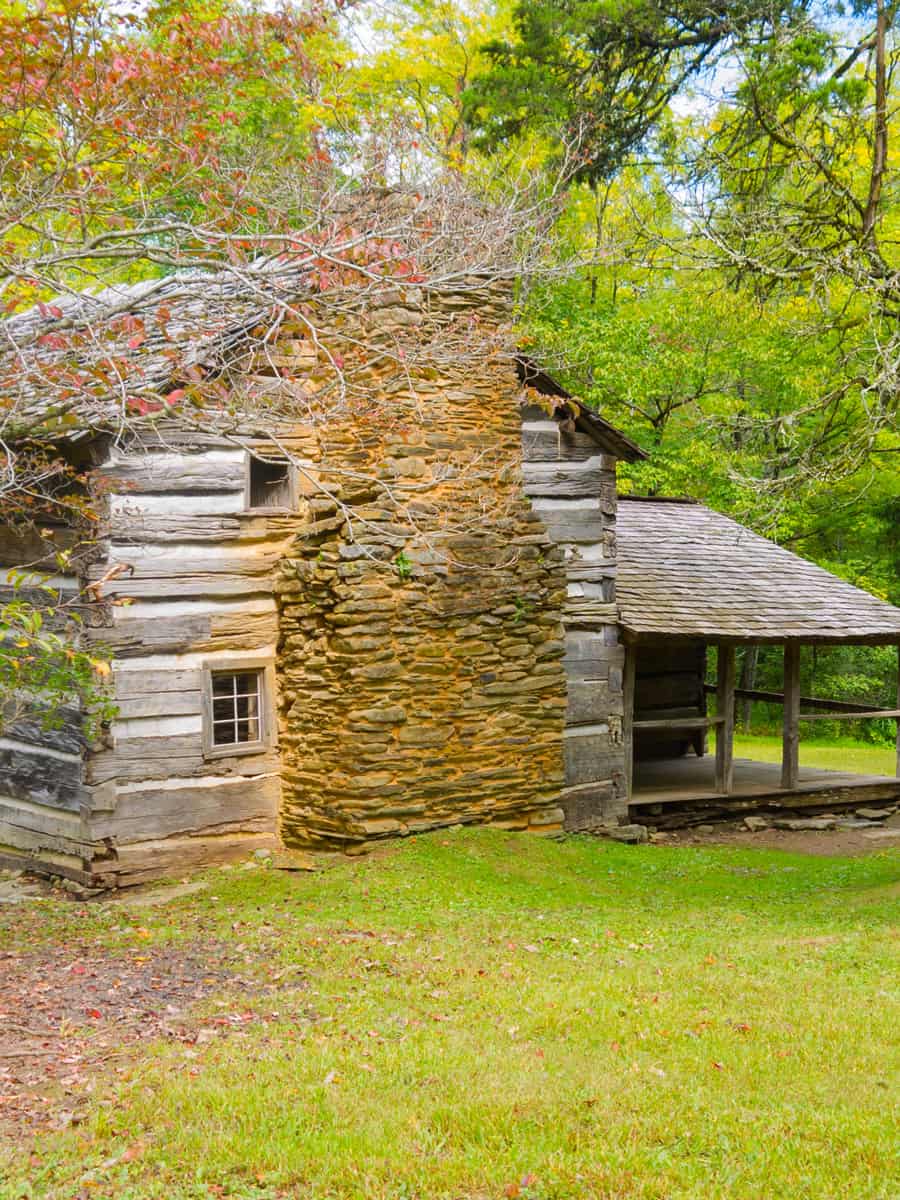
This humble abode is a tangible connection to a bygone era. The cabin was home to the five Walker sisters, who remarkably held on to their traditional lifestyle even as the world modernized.
Imagine living off the land with no electricity, even in 1940, much like the Walker sisters did.
You're welcome to explore the area where the cabin still stands. It's part of a 400-acre farm that unveils a story of resilience and self-sufficiency. The Walkers once cultivated this land, inviting you to stroll through history.
To reach the cabin, embark on a pleasant hike along the Metcalf Bottoms Trail. It's an easy journey, suitable for most, and it takes you straight to this hidden gem..
As you journey, keep an eye out—you might just come across one of the park's most breathtaking waterfalls, previously featured in this very post!
7. Little Greenbrier School
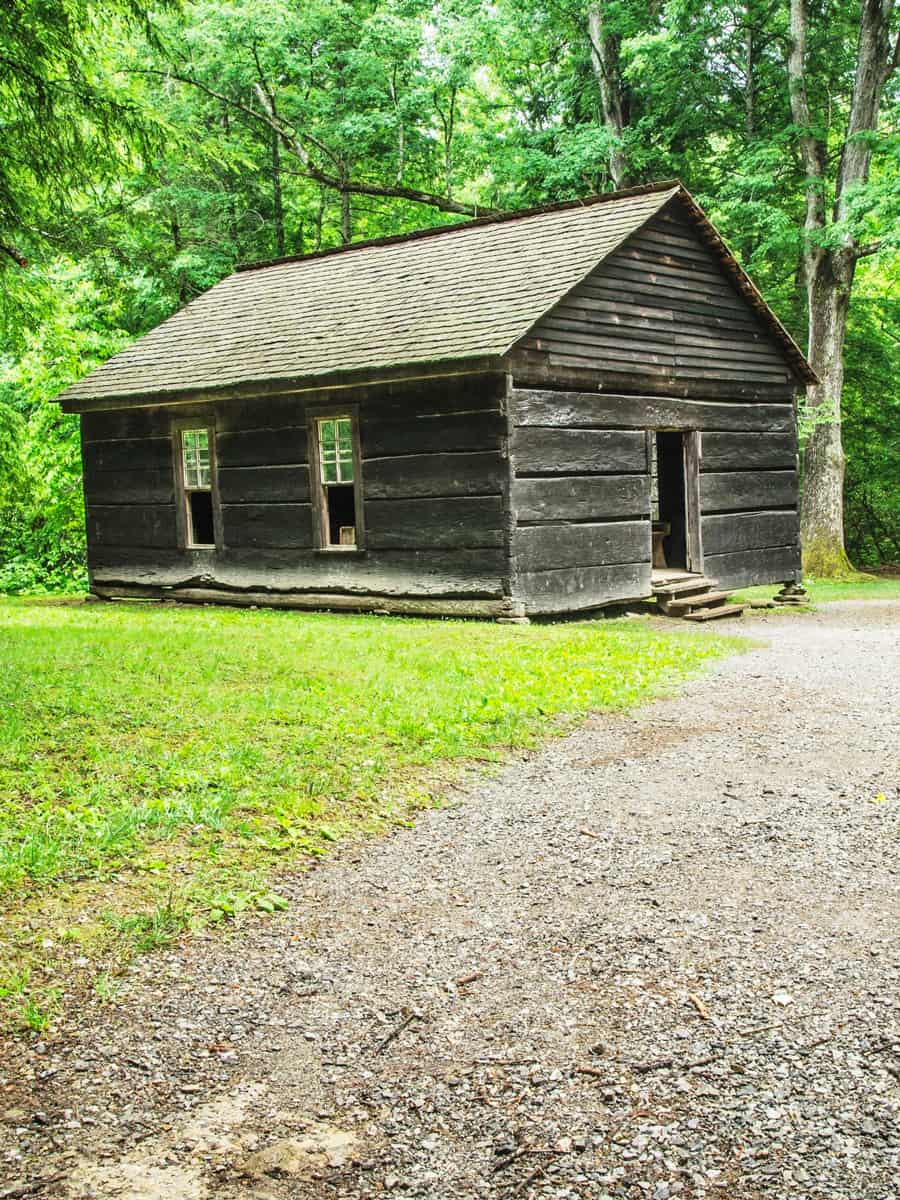
Constructed in 1882, this one-room schoolhouse not only educated the area's children but also served as a community church.
The school is a wonderful testament to the era's pioneering spirit and the value placed on education. It remained active until 1936, which saw the Little Greenbrier community thrive.
You can find it near the Metcalf Bottoms Picnic area, accessible via a short walk from the parking area. The trail leading to the school is not only easy but also offers a picturesque window into the national park's flora and fauna.
Upon arrival, you'll see the school situated in a broad, green field. It’s the perfect spot to experience the tranquil environment that once played backdrop to the learning and communal gatherings of early settlers.
8. The House Of The Fairies
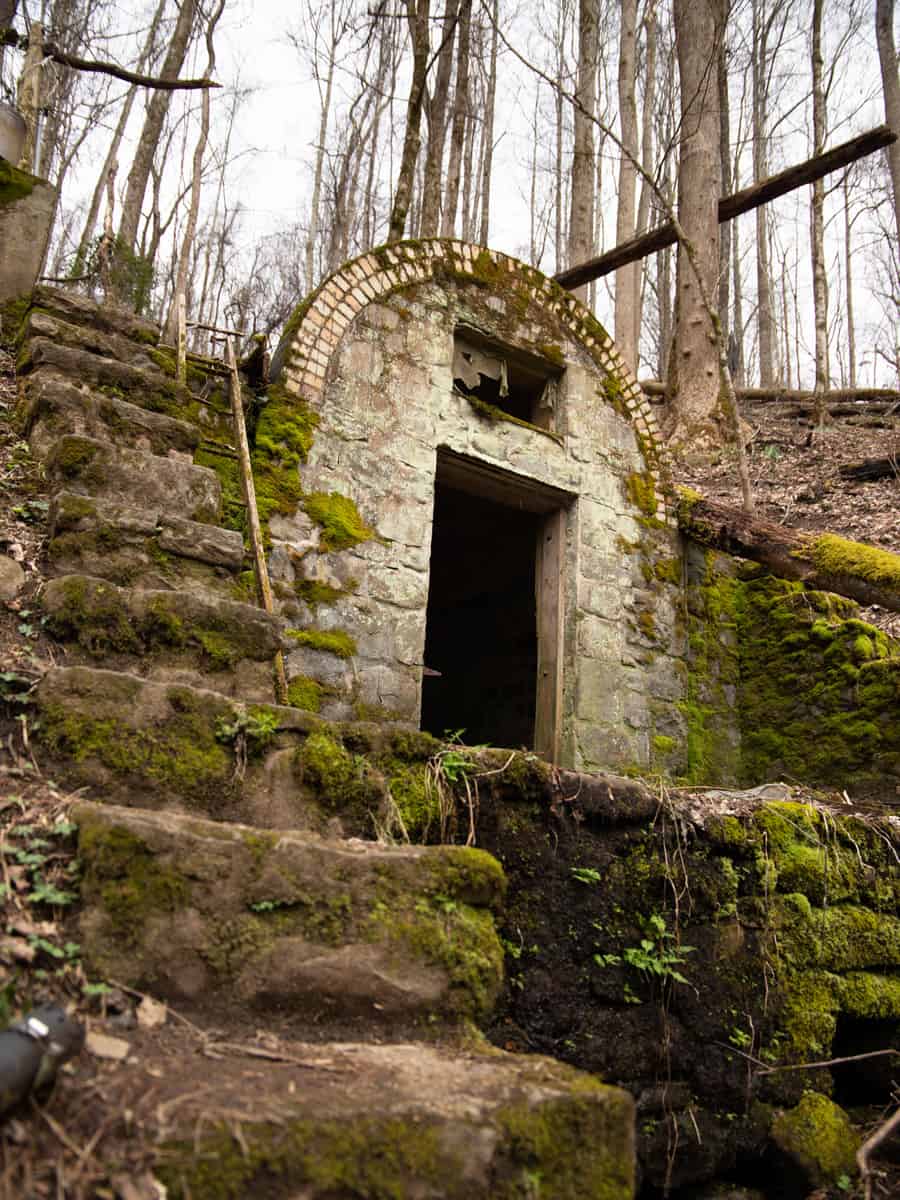
Nestled in Twin Creeks, this charming springhouse is a gateway to the fantasy worlds of old.
The structure was once a part of the grand Voorheis Estate, but despite its development halting in 1944 due to Voorheis's passing, it remains a mystical experience for explorers and history enthusiasts alike.
You'll find this hidden gem in the midst of lush greenery, just a short journey from the bustle of Gatlinburg.
With stones sourced from the mountains, it embodies the rustic charm the park is renowned for.
9. Troll Bridge At Elkmont
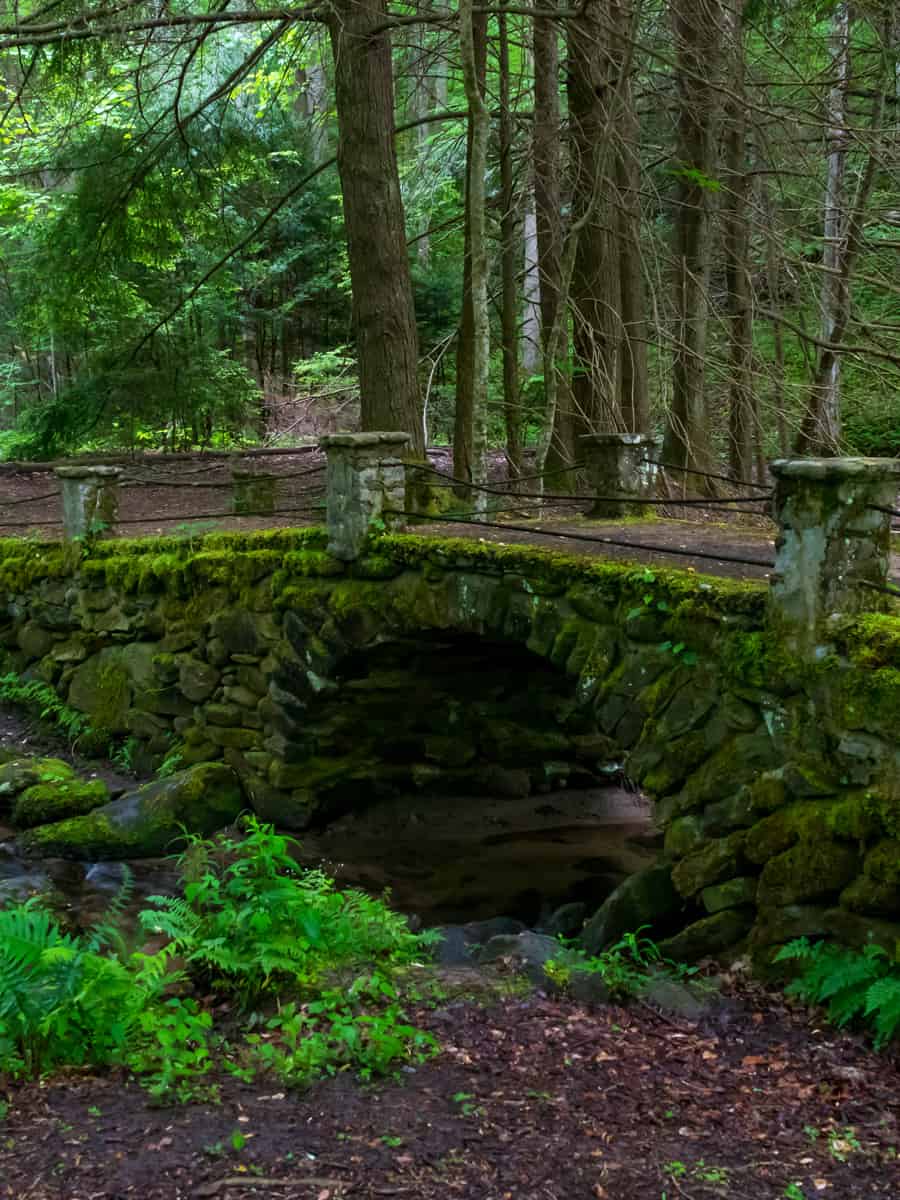
Constructed during the early 20th century, the Troll Bridge was part of the once-thriving Elkmont community.
As you walk along the Little River Trail, imagine the sounds of laughter and conversation from when loggers and vacationers frequented this tucked-away town.
The bridge is hidden just a stone's throw off the main path. It's a secret worth discovering, wrapped in the embrace of lush moss and local lore.
10. Mt. Cammerer Lookout Tower
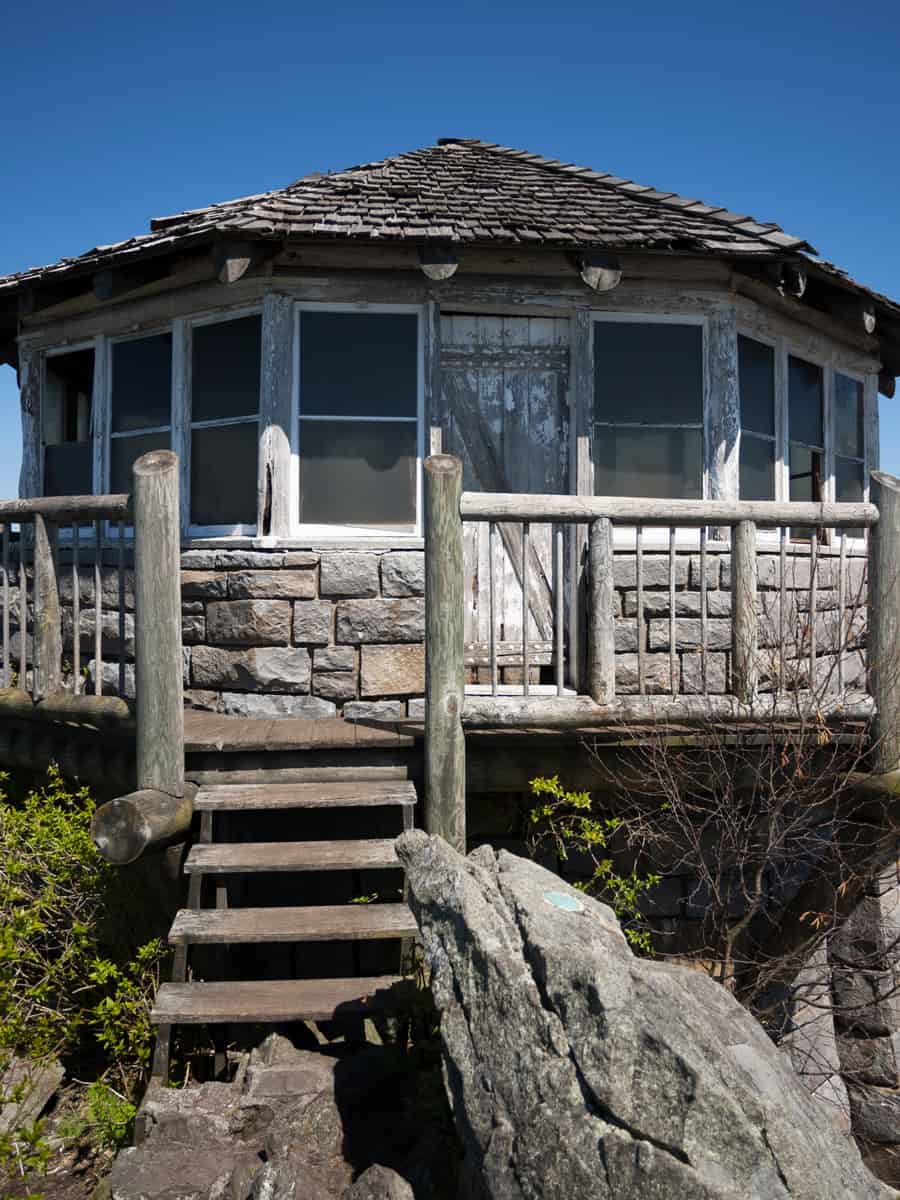
At nearly 5,000 feet, this historic icon offers you breathtaking 360-degree views.
Originally tasked with spotting fires, the tower's stone structure and design reflect the hard work of the CCC.
Your adventure to reach this gem follows well-traveled paths like the Low Gap Trail, the Appalachian Trail, and Mt. Cammerer Trail.
Did you know? The tower was named after Arno Cammerer, a key figure in the National Park Service during its formative years.
As you make the rewarding climb, consider the history underfoot. Your journey mirrors early 20th-century hikers and the dedicated conservationists preserving America's natural landscapes.
Wrapping Up Your Journey to These Hidden Historic Gems
You've just discovered ten historic hidden gems that bear silent testament to the rich tapestry of American history.
Each site opens a door to the past where you can trace the footsteps of those who shaped these mountains. And while you're at it, you might want to add these experiences to your itinerary!
Remember, access to these treasures can vary with the seasons, so plan ahead! And while the artifacts and buildings are fascinating, the ultimate gem is the experience of connecting with the history that has shaped the region.
